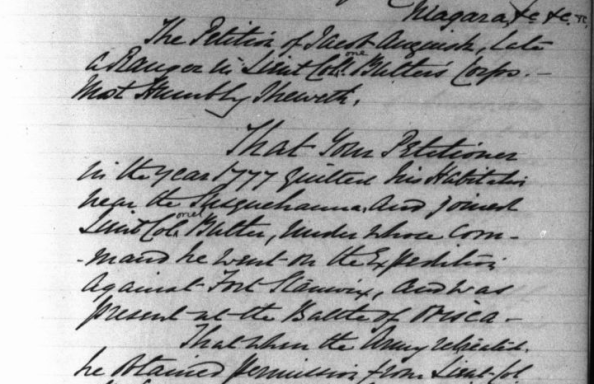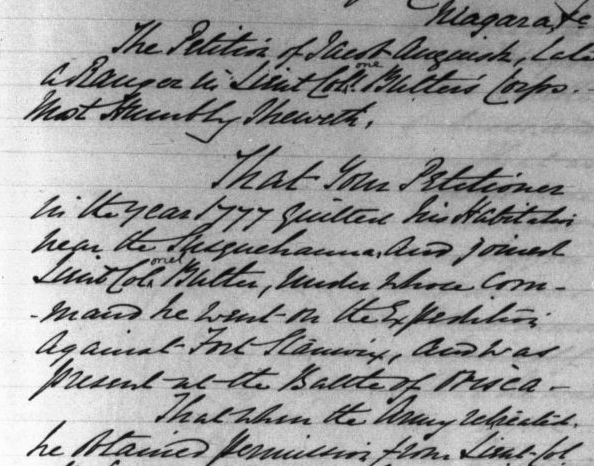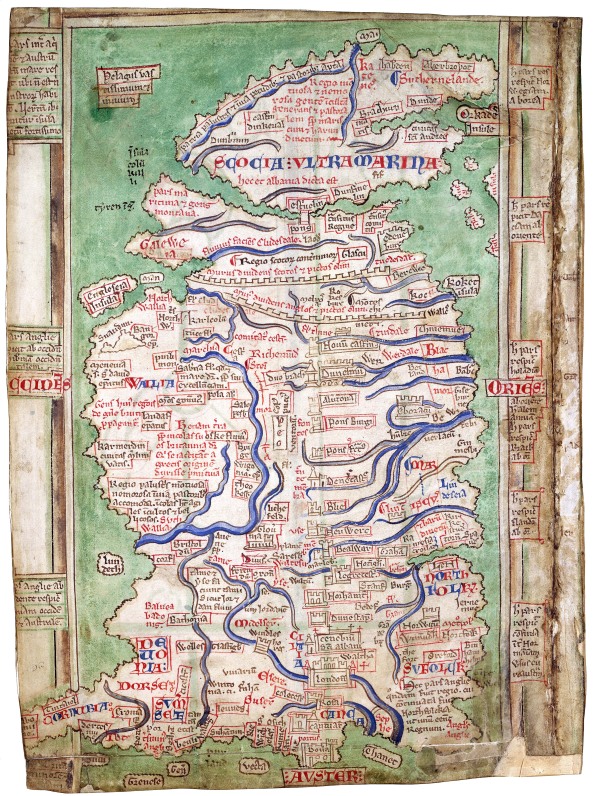Recently I’ve been looking into some Loyalist records from early Canada. Thanks to government-funded digitisation programmes such as Héritage and the work of Library and Archives Canada, many sets of records once only available in the British Library or on 1960s-era microfilm at select national libraries are now online and free to access.
The digitised, handwritten documents found in such collections as the Upper Canada Land Petitions and the Haldimand Papers (two sets I’ve used quite a bit) also serve as excellent reminders that just because a source has been put up online does not mean that it will be easy to search through, read, or use. Even databases with an integrated online search application can give difficult or incomplete results due to many different factors. First, searches are often limited to name and location: content or subject is left out. This is promising for family history and genealogy research, but what if I want to know about early settlers to a specific region or find examples of cultural interactions between different groups? I’d have to go through page by page. The search engine (and, in some ways, the presentation of the collection) has therefore been aimed at genealogists rather than historians.

Excerpt from the Petition of Jacob Anguish to Lieut. Col. Peyster of Niagara, dated 4 August 1784. The Haldimand Papers, H-1448, 399 (pp. 419-21), Images 335-7.
The search results may also be affected by the quality of penmanship and the skill of the archivist. Continue reading


